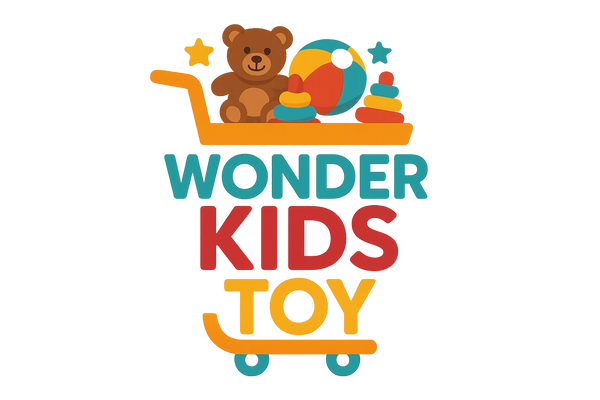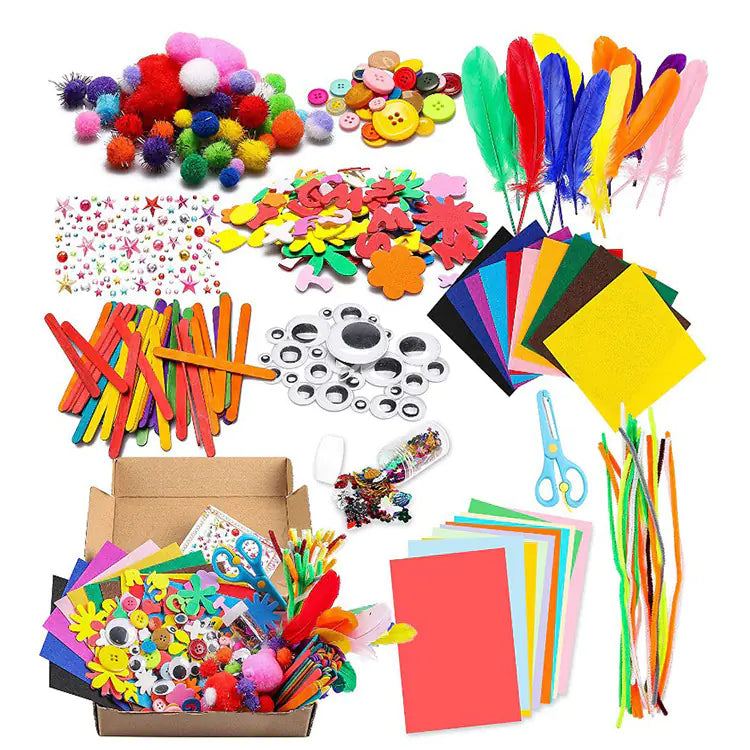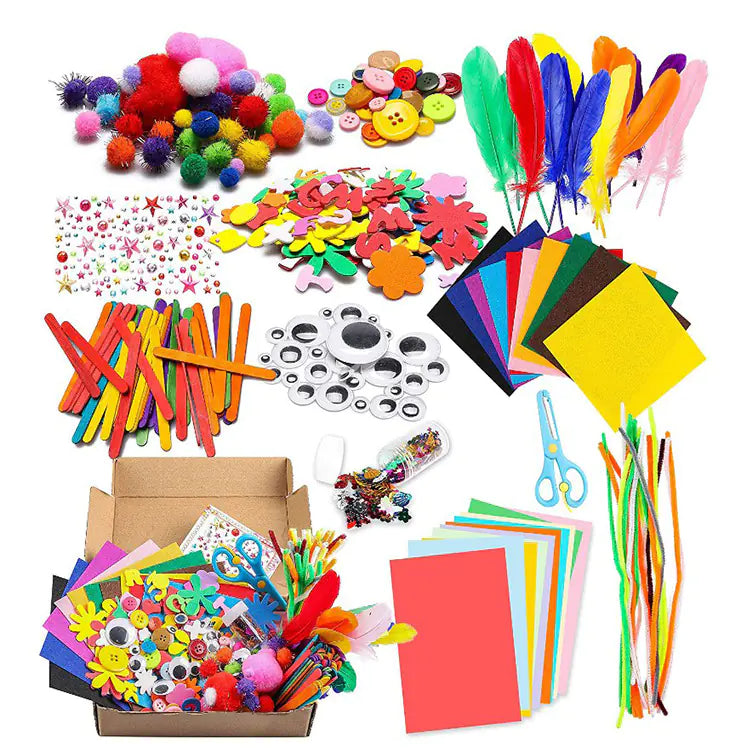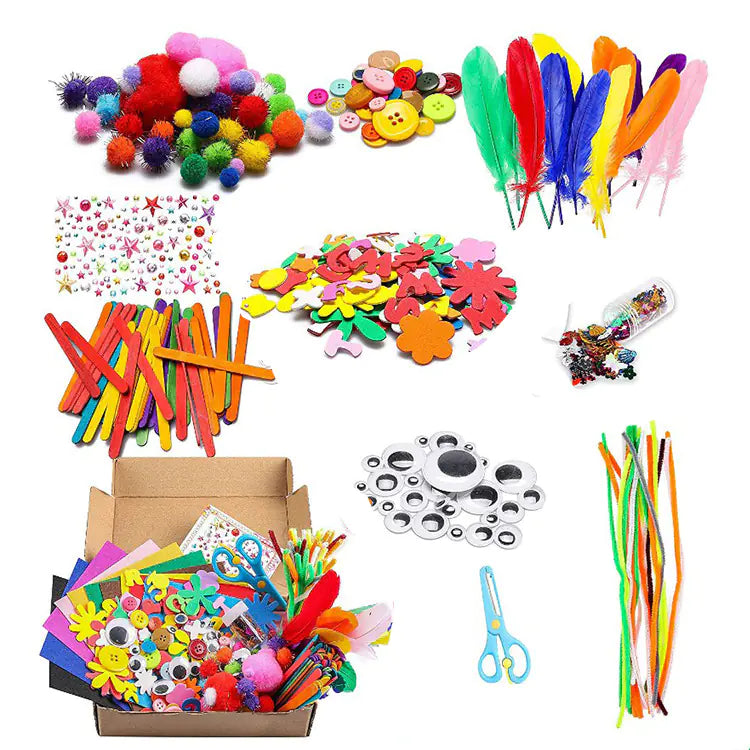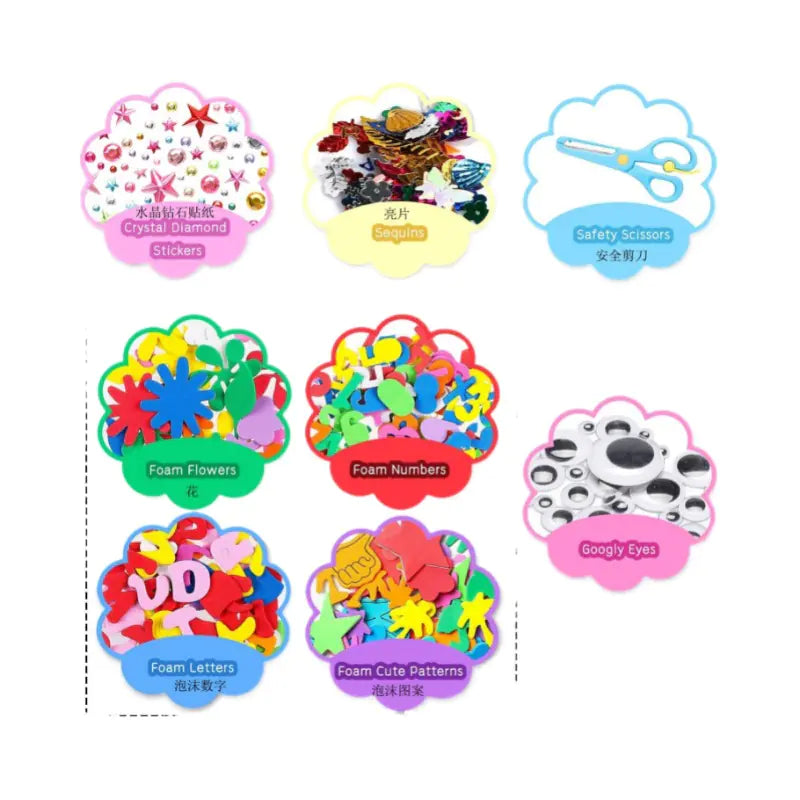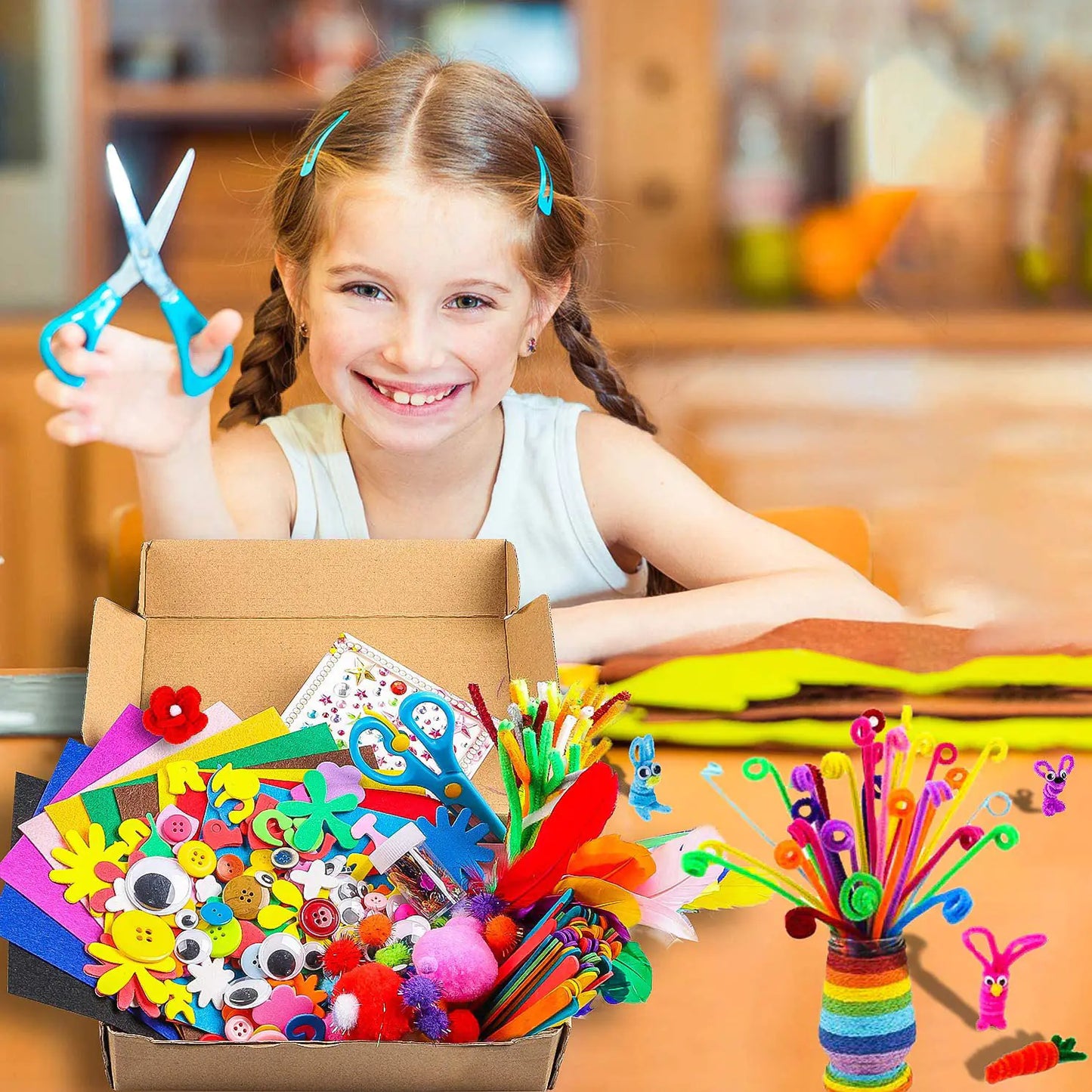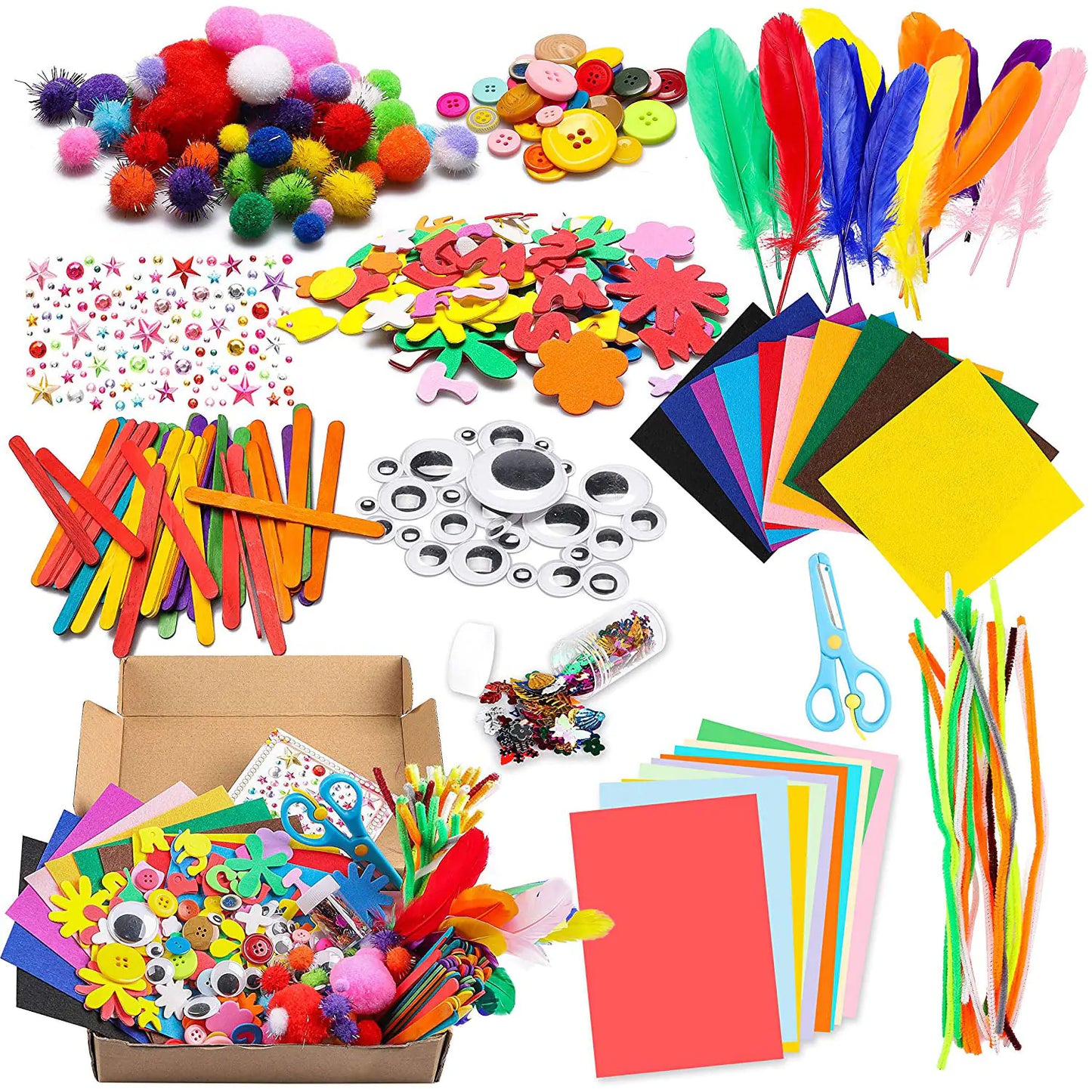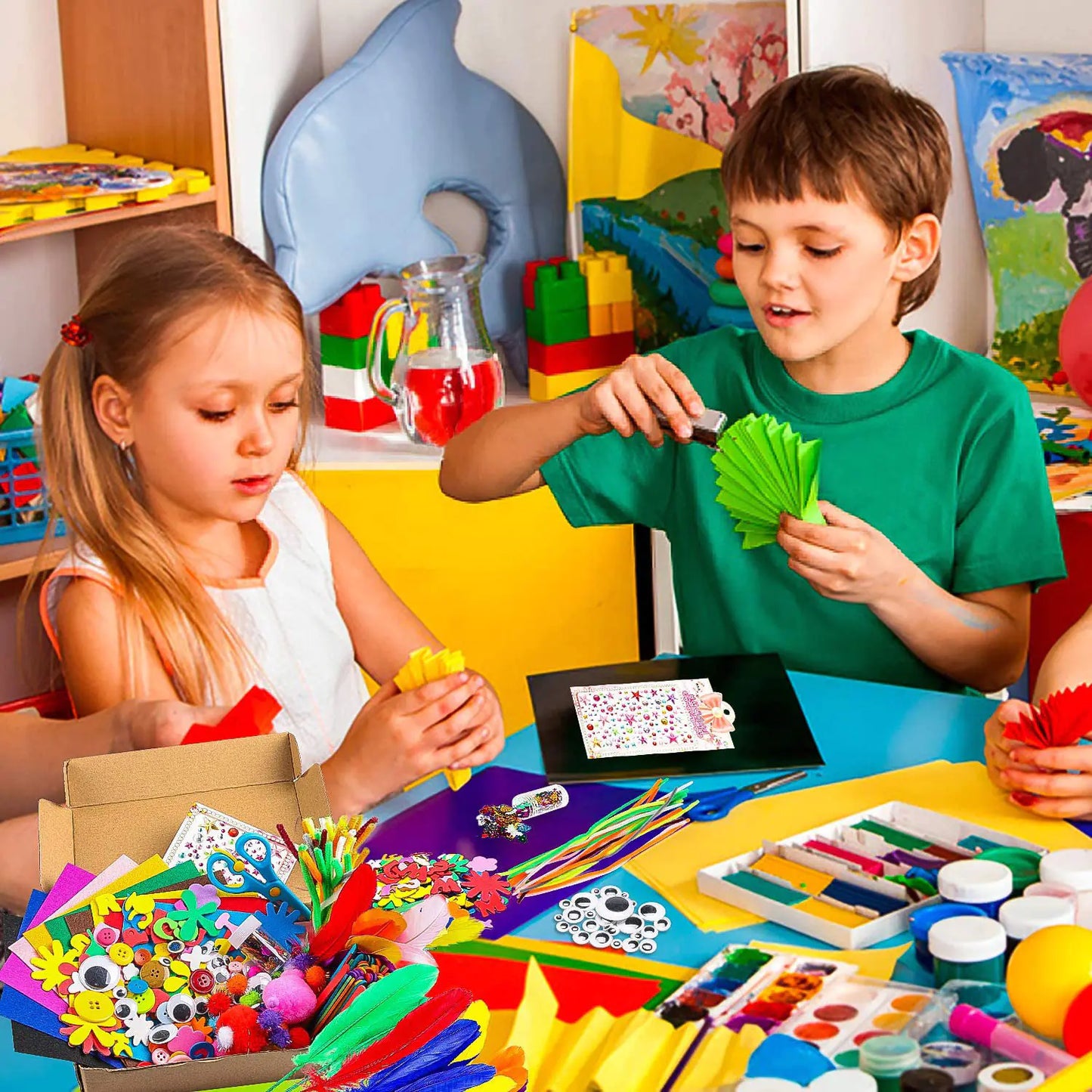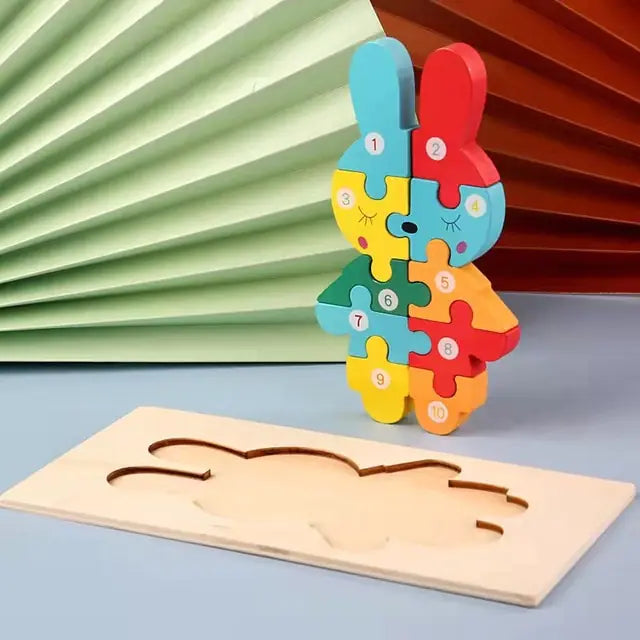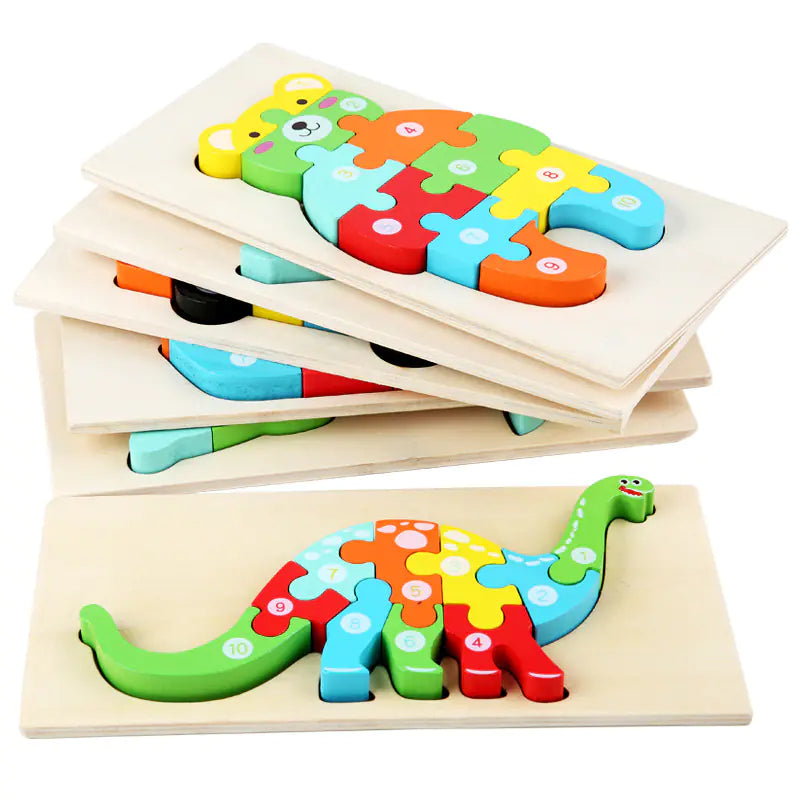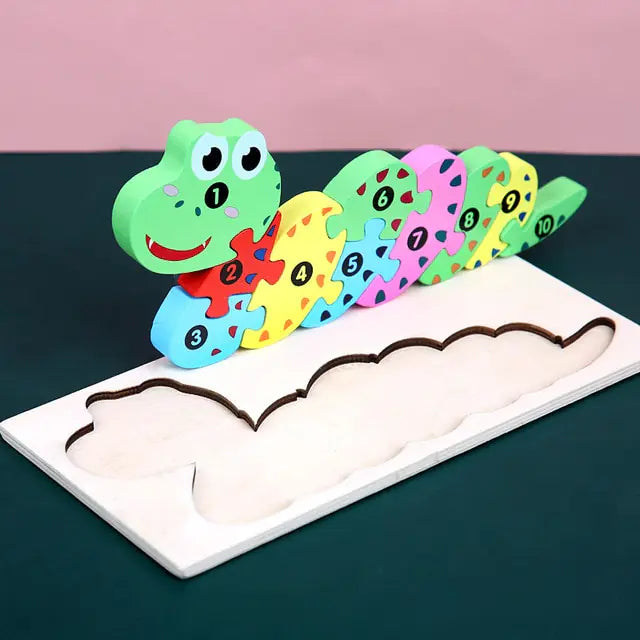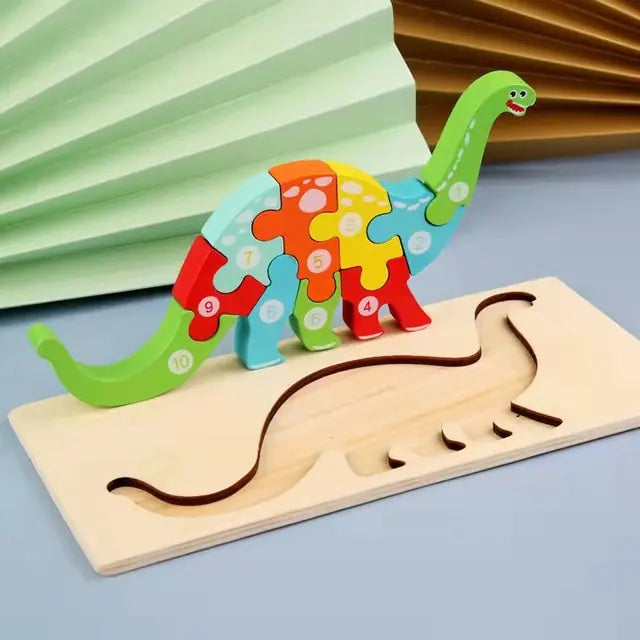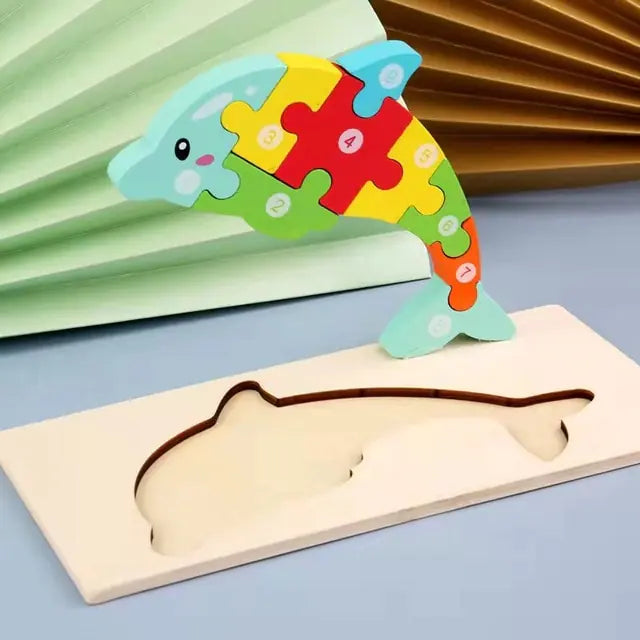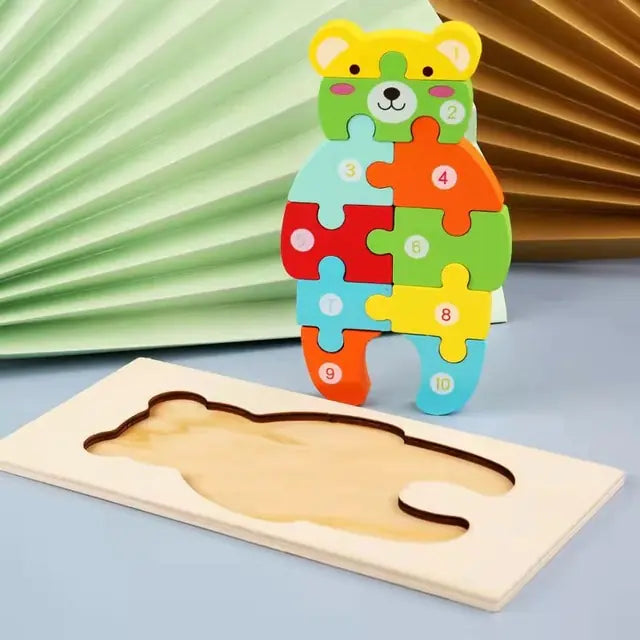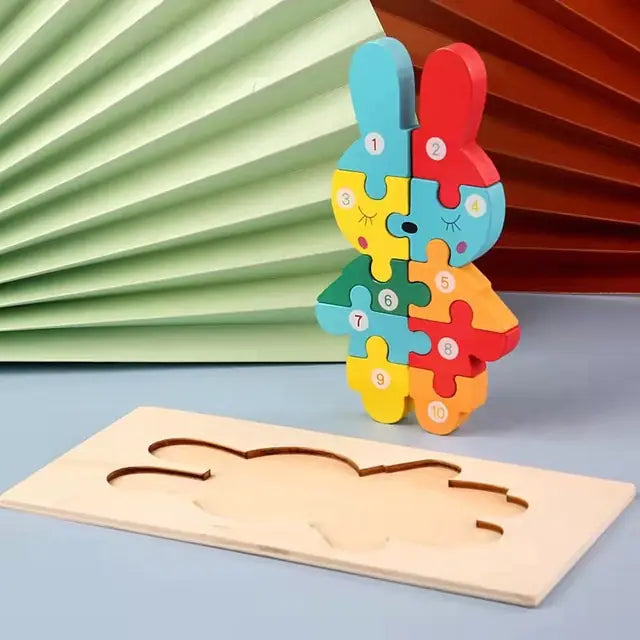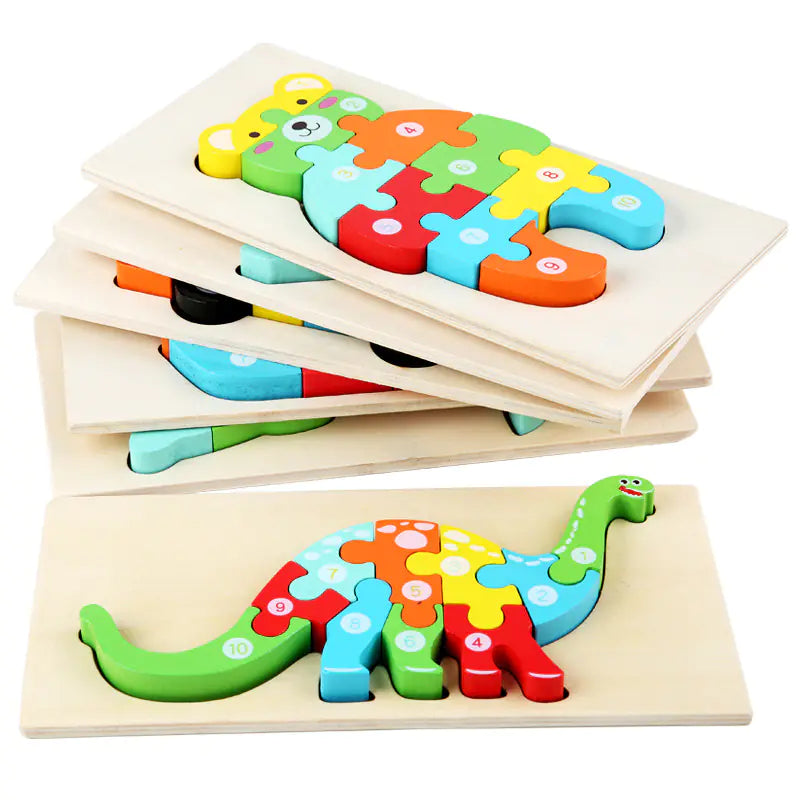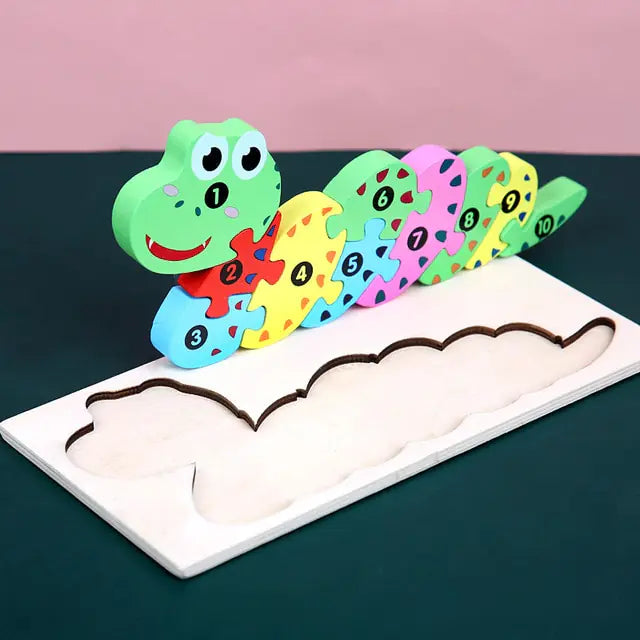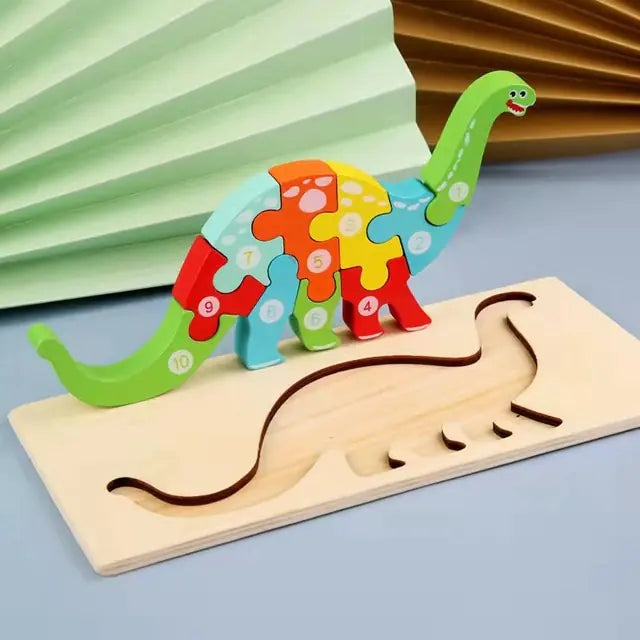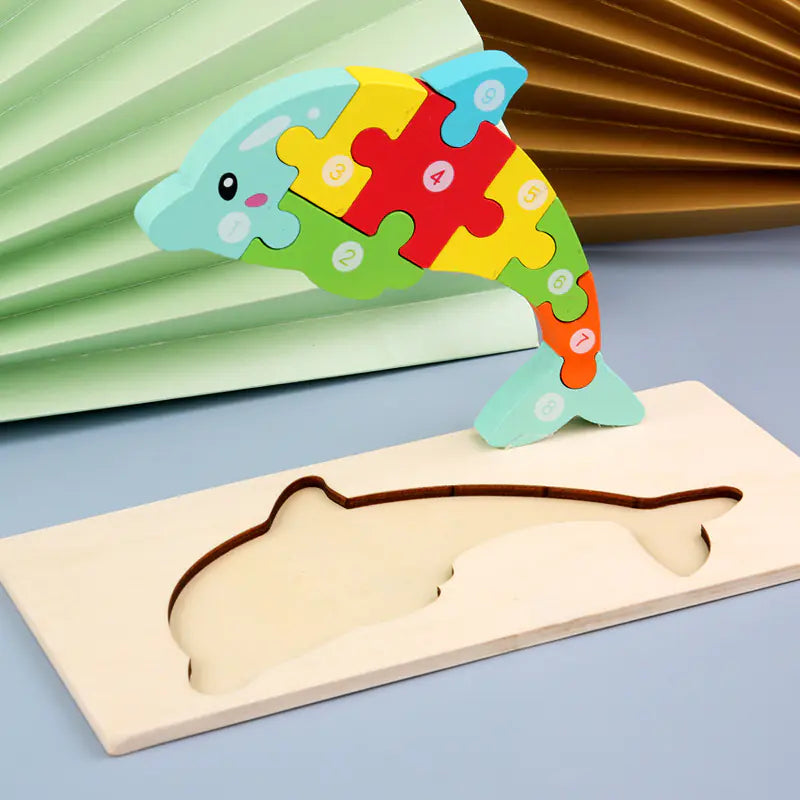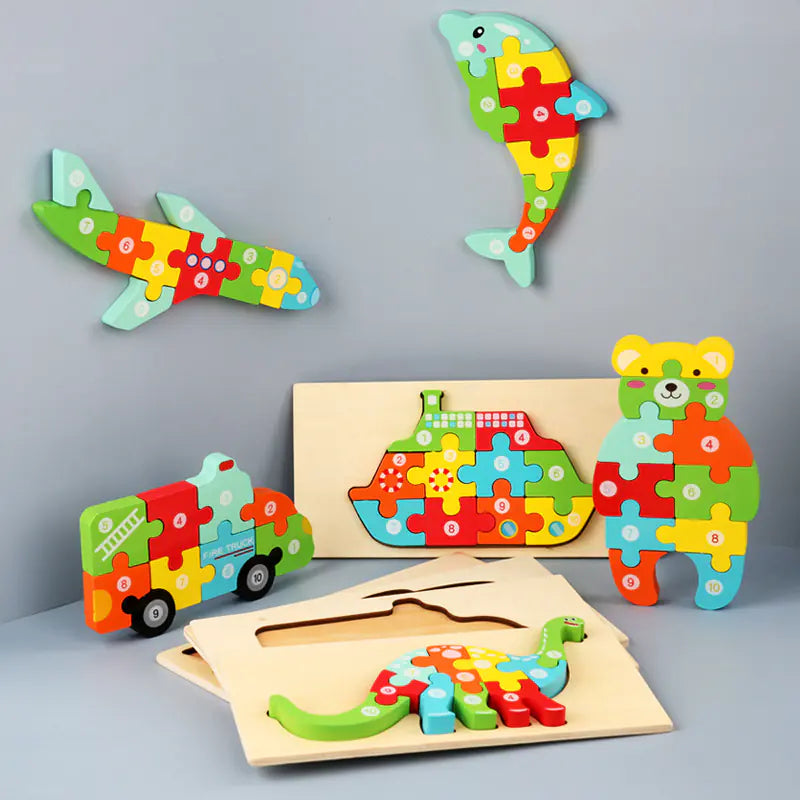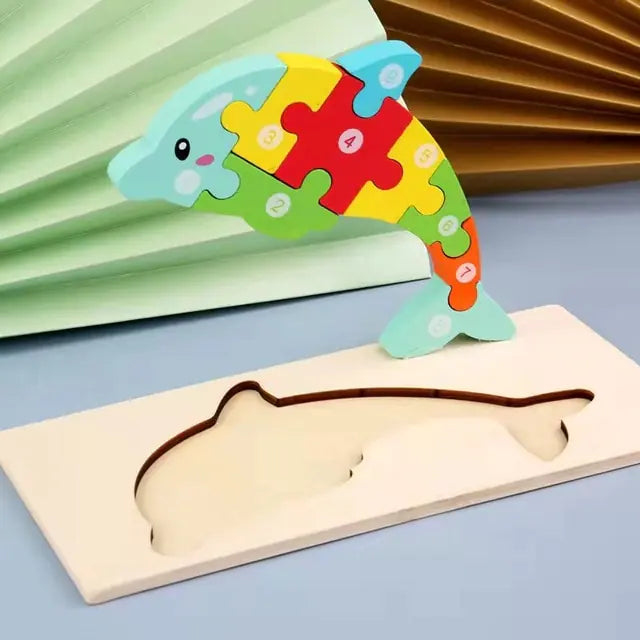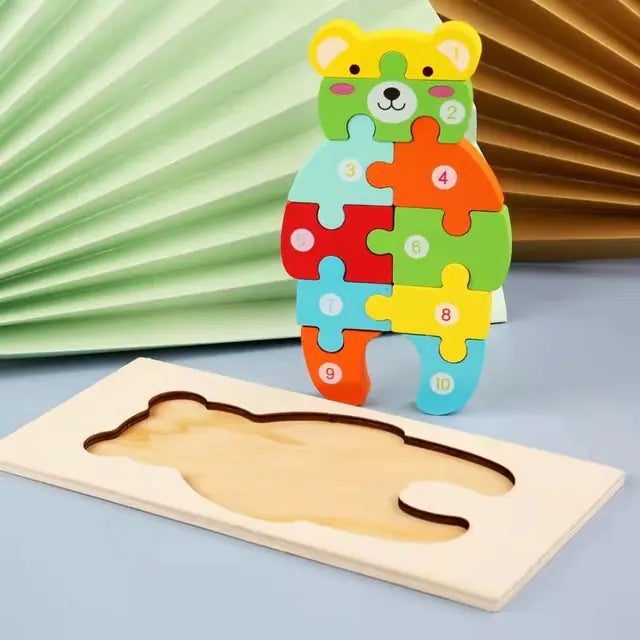As a parent, I've spent hours looking for fun and educational toys. It's not just about finding something shiny anymore. It's about finding tools that spark curiosity and help minds grow. The good news is that over 70% of parents believe STEM toys improve problem-solving skills. Also, 65% of educators see more interest in science and math when kids use these tools.
The market for STEM toys is growing fast and is expected to reach $3.2 billion by 2025. But with so many options, how do you choose? That's what this guide is for.
Stores like Mindspark offer over 50 toys and tools. Their sales jumped from Tk1 lakh to Tk3 lakh in early 2024. But there are still challenges. The Children’s Online Privacy Protection Act (COPPA) protects kids' data, but many smart toys lack reviews, risking compliance.

While 90% of parents value toys that mix learning and play, prices vary greatly. Traditional toys cost $10-$15, but AI versions can be $75. This guide helps you find toys that engage, educate, and meet your child's needs.
Key Takeaways
- Online educational toys now represent a $3.2B market, growing 10.4% annually.
- 70% of parents see STEM toys improving problem-solving skills.
- Montessori methods, though effective, remain underused in Bangladesh due to low awareness.
- Open-ended toys like wooden blocks outperform many educational toys academically.
- Smart toys face safety concerns—like COPPA violations and high costs—highlighting the need for informed choices.
Why Online Educational Toys Are Transforming Modern Learning
Online platforms have changed how we access educational tools. Parents and teachers can find toys that spark curiosity. Over 70% of parents say these toys help kids learn better.
These toys help bridge the gap between school and home. It's a significant change.
The Digital Advantage in Early Childhood Education
Now, you can find unique toys online that were hard to find before. Toys like hardwood blocks help kids with language and social skills more than others. Digital stores are growing fast, showing how online learning is becoming more popular.
Experts say early use of problem-solving toys helps kids improve in school later. These tools fit with the idea that kids learn by doing.

How Educational Toys Support Cognitive Development
Activities like building or coding kits help kids' brains grow. A study found kids get more involved in learning by 80% with these toys. Toys like those from WhalesBot help kids think and learn new words.
My child paid more attention after using puzzles and apps together. This shows how learning from both screens and hands-on activities works well.
Balancing Screen Time with Hands-On Learning
75% of teachers like using tech for teamwork. But it's crucial to balance it. Toys like magnetic tiles or coding robots let kids try things out in real life.
Even toys like the Bee-Bot teach kids to solve problems by trying different things. This way of learning is how 80% of kids learn best.
The Science Behind Brain Development Toys
As a parent, I've seen how brain-development toys affect learning. Studies show simple, open-ended toys are better than fancy gadgets for cognitive development. Jeffrey Trawick-Smith's study found that toys like building blocks help kids solve problems better than single-use toys.
Interactive toys challenge young minds in a good way. For example, puzzles help kids understand space and teach patience. My son's focus improved with magnetic tiles, which require planning and creativity. As Piaget suggested, these toys match brain growth stages.
“Play allows children to practice thinking, negotiating, and adapting—skills vital for lifelong learning.”
| Cognitive Skill | Interactive Toy Example | Developmental Impact |
|---|---|---|
| Spatial Reasoning | 3D Building Kits | Enhances visual-spatial intelligence |
| Critical Thinking | Logic Puzzles | Encourages step-by-step problem-solving |
| Emotional Regulation | Social Role-Play Sets | Builds empathy through imaginative scenarios |
Toys like kinetic sand or musical instruments engage many senses, strengthening neural pathways more than single-use activities. The UN now sees play as key for development, with 90% of kids showing better social skills in nature-based play. Toys that are both challenging and fun are best for young brains.
My Experience: How Online Educational Toys Changed My Child's Learning Journey
As a parent, I used to think smart educational toys were just toys. But my son's change of heart showed me they're much more. They turned into tools that helped him grow.
From Reluctant Learner to Enthusiastic Explorer
My son Emile didn't like learning until I got him a simple toy with buttons. These skill-building toys made learning fun for him—. They turned kids' learning activities into exciting adventures. Soon, he wanted to play with puzzles and blocks all the time.

A study found these toys can improve problem-solving by 20%. I saw it happen with my son.
“Play is the highest form of research.” – Albert Einstein
Tracking Skill Development Through Play
I kept track of his progress:
- Fine motor skills: Toys with buttons helped his fingers get more vigorous. Research shows kids who play with blocks have 30% better spatial skills.
- Language growth: He learned over 50 new words a year from games, matching vocabulary growth data.
- Social skills: Playing games together made him share more by 40%, which shows that play helps build empathy.
Choosing toys like Skola's challenges kept him interested. His curiosity is like the 25% more kindergarten readiness seen in studies. The change? Replacing screens with hands-on toys made learning fun, not a chore.
Choosing the Right Online Educational Toys by Age Group
Choosing the right toy is all about knowing your child's age. Toys like best learning toys or STEM toys match their developmental stage. They help kids grow curious and learn safely. Here's what's best for each age group.
Best Learning Toys for Infants (0-12 months)
Infants need toys that stimulate their senses. Rattles with bright patterns and soft textures help their vision and motor skills. Make sure they're BPA-free and UL-approved for safety. My top picks include fabric books and crinkle toys for their oral exploration.
Toddler Learning Sets (1-3 years)
Toddlers are learning to walk and solve problems. Toddler learning sets with big puzzles and push toys help with coordination. Toys that show cause and effect, like musical instruments or stacking sets, keep them interested. Toddlers love shape sorters and board books for learning to read.
Preschooler Educational Games (3-5 years)
Preschoolers are learning language and logic. Puzzles with 12-20 pieces and interactive math games match their growing focus. Magnetic letters and storytelling kits spark creativity and help with reading.
Elementary School Learning Tools (6-10 years)
Elementary school kids need tools that support classroom learning. Science kits and reading games make learning fun. Many enjoy STEM toys like coding robots or solar system models. Hands-on activities like building sets or math bingo games are great, too.
Advanced STEM Toys for Tweens (11+)
Tweens want more complex toys. Robotics kits, chemistry sets, and engineering challenges spark STEM interest. These toys match their curiosity about the world. I suggest programmable drones or circuitry kits for teens exploring their future.
Always check for safety first—non-toxic materials and age warnings are key. Letting kids safely explore their interests makes learning fun.

Key Features to Look for in Online Educational Toys
When picking the best learning toys, safety and fun are key. First, make sure they're made from child-friendly materials. Look for certifications like ASTM F963 or EN71. These ensure the toys are safe for little ones who might put them in their mouths.
Students showed high engagement with smiles and immersion in playful learning sessions.
- Interactive toys with adjustable levels help solve problems 25% better. Search for toys like Marbotic’s apps with wooden puzzles or Tiggly’s counting rods.
- Choose toys that can grow with your child. They save money and keep learning exciting.
- Look for toys that offer open-ended play. They spark creativity 20% more than single-use toys.
Always check if a toy is worth the money—75% of parents value learning over cost. Ask if the toy teaches and entertains. Seek interactive toys that combine physical play with digital fun, like augmented reality. Brands like Learning Resources have over 1,000 options. But focus on toys that help with math or language skills.
My top picks are safe materials, clear learning goals, and lasting quality. With the market growing 10% each year, making smart choices now will help your child learn for life.
Understanding the Different Types of Interactive Toys
"Play is a process, while toys and games facilitate this process." – NCERT Handbook 2022
Interactive toys help kids learn in many ways. Digital tools like coding robots give instant feedback. Traditional puzzles, on the other hand, improve motor skills. My child played with wooden blocks twice as long as with apps, showing how hands-on learning keeps them focused.
Let's look at how these toys help kids grow.
Digital vs. Traditional Interactive Learning Tools
Digital toys offer content that changes based on the child's level: 70% of parents pick them for learning. Apps show how kids are doing right away. Yet, 80% of young kids still like playing with real things more. Traditional toys like building sets help with spatial skills by letting kids touch things. Digital games, like learning games, visually teach coding.
| Aspect | Digital | Traditional |
|---|---|---|
| Engagement | Instant feedback loops | Physical manipulation |
| Key Strength | Adaptive challenges | Motor skill development |
| Example | Robot coding kits | Wooden block sets |
Hybrid Educational Toys: The Best of Both Worlds
Hybrid toys combine physical and digital parts. LEGO Boost is a great example. It teaches STEM using real blocks and a coding app. Augmented reality kits add digital images to real maps, making learning fun and interactive. These toys meet the needs of 45% of parents who want a mix of play.
- Coding blocks with companion apps
- AR geography puzzle maps
- Smart science kits with digital experiments
Hybrid toys cut down on screen time but keep the digital benefits. For example, a cardboard kaleidoscope teaches symmetry through hands-on play and digital math apps. This mix is what 60% of educators prefer.

Best Online Educational Toys for STEM Learning
STEM toys are more than just toys. They're tools that help kids develop their brains. When I introduced coding toys to my kids, they were amazed. They turned abstract ideas into fun adventures.
It's important to pick toys that are both fun and educational. These should help kids think critically and take risks safely.
“Engaging in risk-taking and learning from failure builds resilience,” says the latest research, which aligns with how kids experiment with engineering sets and math puzzles.
Coding Toys That Make Programming Fun
I've tried many STEM toys, and the Botzee robots stand out. Their coding train sets for kids aged 4+ (priced from $39.99-999) make learning logic fun without screens. For example, the Learning Resources Botley 2.0 lets kids code 150-step paths, sparking creativity while teaching syntax basics.
Even my 6-year-old asks to “play” with coding challenges every night.
Engineering Sets for Future Innovators
Engineering toys like the Thames & Kosmos Bionic Arm kit (\$40) or LEGO’s Gravity Drop (\$25) teach physics through trial and error. The Snap Circuits set’s 100+ projects turn electricity into an adventure. These kits aren't just building blocks—they're labs where kids test hypotheses, much like scientists in training.
Math-Focused Games That Children Love
Learning math can be fun when games feel like treasure hunts. The hand2mind Numberblocks cubes (now $19 off) help kids understand addition visually. The Good Housekeeping Science Book’s 83 experiments let kids measure, count, and predict outcomes. Even my math-resistant child begged to “play” with the GeoSmart Mars set ($80), proving math can be magnetic.
Montessori Toys: Bringing Structure to Online Educational Shopping
Montessori toys focus on hands-on learning. They help kids become independent and curious through play. These toys follow early childhood education ideas, letting kids learn at their speed. When shopping online, look for simple toys made from natural materials and let kids discover things independently.
Studies show Montessori toys improve creativity and problem-solving. Kids using these toys show better divergent thinking, making them more innovative. Toys made from wood and cotton help with sensory development. They also let kids learn by themselves without needing help from adults.
Here are the main types of Montessori toys and their benefits:
- Practical life toys: Teach kids daily tasks like pouring or buttoning, improving fine motor skills.
- Sensorial toys: Help kids improve their perception with different textures, colors, and shapes.
- Language/math materials: Teach concepts like counting or letter recognition through hands-on tools.
| Product | Key Features | Age Range |
|---|---|---|
| Coding Charms | Introduces sequencing and variables via colorful beads | 3+ |
| Sneaky Snacky Squirrel Game | Encourages turn-taking and hand-eye coordination | 2-4 |
| Magnatiles | Open-ended STEM play for building complex structures | 3-8 |
Real Montessori toys don't have flashy designs. They focus on purposeful design. My child has done well with a prepared environment using items like the Bökee Bowl, which teaches practical skills safely. Choose toys that let kids try and learn from their mistakes, like the Tracker Montessori material, which builds resilience.
Montessori toys must be made from natural materials and last a long time. By following these guidelines, parents can create a learning space that's both structured and creative, which supports early childhood education goals well.
Budget-Friendly Options That Don't Sacrifice Quality
Looking for smart educational toys doesn't have to empty your wallet. You can find the best learning toys that spark curiosity and skills even on a tight budget. For example, the Baby Einstein push walker is a great find. It helps with mobility and sensory exploration. Here's how to get the most value for your money.
Educational Toys Under $25
Starting with small, affordable toys doesn't mean missing out on learning. The magnetic alphabet maze board is a great example. It teaches letter tracing and problem-solving for under $15. Mega Bloks tables are another great option for toddlers. They help with stacking, sorting, and building hand strength.
Even simple educational board games like alphabet matching sets are affordable. They help kids learn foundational skills without costing a lot.
Mid-Range Learning Investments ($25-$50)
You can find toys like the Alpha Pops set ($28) in this range. It helps kids match uppercase and lowercase letters. The Aizweb Sentence Building Game includes 90-word cards for group learning.
These mid-range toys offer a good balance of price and durability. They include durable wooden puzzles and strategy-based educational board games that promote teamwork.
Premium Educational Tools Worth the Splurge
Premium options like the Write and Learn Creative Center ($45+) are worth the investment. They use digital feedback to teach letter formation. While they cost more, their quality and features make them a good choice for families.

Look for premium smart educational toys that grow with your child. STEM kits with reusable components are a great example.
| Category | Examples |
|---|---|
| Under $25 | Magnetic Alphabet Maze, Mega Bloks |
| $25-$50 | Alpha Pops, Aizweb Game |
| Premium | Write & Learn Tablet, STEM kits |
How to Evaluate Child-Friendly Materials in Online Purchases
When shopping for smart educational toys online, checking the materials is key. I look for child-friendly materials that pass safety tests like ASTM F963 and EN71. These checks make sure the toys don't have harmful chemicals or small parts that could choke kids
- Check for certifications: Look for ASTM, EN71, or ISO 8124 labels on product pages.
- Read material descriptions: Avoid toys with PVC plastics or untested dyes.
- Review images: Look for sturdy construction in toys for hands-on learning, like Discovery Toys’ Boomerings® with unbreakable links.
| Age Group | Recommended Materials |
|---|---|
| 0-12 mos | Soft silicone, BPA-free plastics |
| 1-3 years | Wooden blocks, washable fabrics |
| 3-5 years | Non-toxic paints, durable foam |
| 6+ years | Magnetic components (non-swallowable), metal-free |
Prices for toys range from $7.99 for scissor pads to $294.99 for play kitchens. Even cheaper toys, like those under $20, can be safe if certified. I also check what educators say. For example, Speech-Language Pathologists use Discovery Toys to help with motor skills. Choosing durable materials means toys stay safe and fun for kids longer.
Incorporating Educational Board Games into Your Child's Digital Learning
When I started using educational board games, I saw a significant change in my kids. They became more focused and worked better together. These learning games mix screen time with hands-on fun, making them essential for kids' learning activities. A study found that board games improve problem-solving and memory.
Classic Board Games with Modern Educational Twists
Games like Parkopolis mix old-school fun with STEM learning. They spark curiosity about nature and teach counting and spatial skills. My kids love discussing animal habitats during play, making it a time for learning.
Even simple games like Catan Junior now teach about recycling. They mix strategy with learning about the environment.
Strategy Games That Enhance Critical Thinking
Games like Forbidden Island teach teamwork and planning, which are hard to find in digital apps. My 7-year-old improved his problem-solving skills with this game.
For younger kids, Qwirk uses color matching to teach logic. Older kids can play Codenames to improve vocabulary and deduction. Research shows strategy games can help kids as young as four with math.
We now have game nights once a week. We play classics like Candy Land and updated versions. These nights are not just fun. They're important kids' learning activities that help build resilience and creativity. Combining them with digital tools creates a balanced learning environment.
My Top Picks: The Most Effective Skill-Building Toys Available Online
Choosing the right skill-building toys means finding items that grow with your child. My picks focus on adaptability and proven impact. For toddlers, the Toyish Labs Clixo Rainbow Pack is fantastic. It has 42 pieces that teach shapes and colors and is easy to carry.
The National Geographic Glow-in-the-Dark Marble Run is a STEM toy with 35 vibrant pieces that spark curiosity about physics.
- LEGO Classic Creative Brick Box: 484 pieces in 35 colors foster problem-solving. At $18 (47% off), it’s a budget-friendly hit for ages 3+.
- Learning Resources Mathlink Cubes: 100 cubes teach counting and sequencing. Priced at $14, they suit preschoolers through early elementary.
- Crazy Forts Kit: This set, with 69 balls and 44 sticks, builds spatial reasoning. Its $41 price and adaptability for ages 3-10 make it a standout.

The Curious Kid’s Science Book ($17) includes 100+ activities blending math and engineering for ages 3-8. The Keva Structures set ($53) uses 200 planks to teach geometry and balance, perfect for group play. When selecting, prioritize interactive toys that adjust to your child’s stage. The Magna Tiles ($40 for 100 pieces) shine here—translucent tiles let kids explore light and shapes over years of use.
Remember: simplicity matters. The TIMPANI study noted that straightforward designs like Plus-Plus Basic Mix (240 pieces at $17) engage longer than flashy gadgets. These picks balance affordability, durability, and skill growth—proven to boost creativity and resilience without overwhelming budgets.
Where to Buy the Best Online Educational Toys
Looking for online educational toys can be easy. I've checked out top stores to help you. Here's where to find the best learning toys for your needs.
Stores like Mindspark and Chalkpencil.com are great. They focus on toddler learning sets and STEM kits and offer advice for different ages. For example, they have a discount on Adventure Planet 3" Building Blocks."
They also have good return policies and age advice. This makes them perfect for beginners.
Big sites like Amazon and Etsy have lots of choices. But you need to know how to find the best ones. Look for the best learning toys under \$10, like the 3" Dinosaur Fossil Egg (now cheaper). Brands like Hape or Schleich have consistent prices.
Always read reviews and compare prices. Many items, like the Fat Brain Toys Simpl Dimpl, often go on sale.
Services like Goofi World send toys every month. They have STEM kits and toddler learning sets for ongoing education. For example, the Toy Network Fidget Tube Rainbow subscription is a good deal.
- Specialized retailers: Best for curated, expert-guided selections
- Mainstream sites: Great for budget options under $10
- Subscriptions: Ideal for long-term learning continuity
Always check for safety certifications and look for discounts. You can find reliable online educational toys that meet your child's needs and budget using these tips.
Avoiding Common Pitfalls When Shopping for Learning Games Online
Choosing the right learning games for your child is more than just looking at pictures. I've learned that cognitive development depends on avoiding toys that promise too much too soon. For example, puzzles for toddlers can be too complex and make them feel frustrated instead of helping them solve problems.
First, age labeling matters. Many sellers ignore the Consumer Product Safety Commission (CPSC) guidelines. This commission helps categorize toys by age. A study showed that 40% of parents buy toys for older kids, thinking it helps with kids' learning activities. But, giving a 2-year-old a shape-sorter with small pieces can be dangerous.
- Check safety labels: Look for CPSC compliance and ASTM-certified non-toxic materials.
- Read reviews critically. Many "educational" apps lack expert support. Only one in five apps meet PBS KIDS’ standards for language growth.
- Balance screen time: Too much time on digital games can hurt hands-on play. Following AAP guidelines, I limited apps to 30 minutes daily to improve my child's focus.
“Toys must match where the child is, not where parents wish they’d be,” says Farabee from Chalkpencil. “A 3-year-old’s cognitive development thrives on simple sorting games, not advanced math apps.”
Lastly, avoid "junk media" traps. Over 60% of YouTube videos marketed as educational are filled with ads and low-quality content. Stick to brands like Learning Resources or Melissa & Doug, which follow developmental science. By focusing on safety labels, age guidelines, and real-world play, you'll make smart choices for every growth stage.

Investing in Your Child's Future Through Smart Toy Choices
Choosing online educational toys is more than buying toys. It's about growing curiosity and cognitive development. The global market for these tools hit USD 66.22 billion in 2024 and is expected to almost double by 2032. This shows how important these toys have become.
Smart educational toys like STEM kits or coding games are not just trends. They are tools that spark problem-solving and creativity.
My journey with my child showed that the right toys can make playtime into learning. Toys like the Snap-N-Learn Sheep or Forest Den Kit boosted their confidence and curiosity. The U.S. market's dominance in this space shows families value quality, but every choice should match a child's interests.
Remember, online educational toys work best with guidance and a balanced approach. They're not a replacement for hands-on play but a complement to it. Whether picking budget-friendly kits or advanced STEM sets, choose toys that grow with your child's abilities.
As the market grows, so does access to options that foster skills like critical thinking and collaboration. Brands like LEGO and Mindspark show how demand drives innovation. By choosing wisely, parents invest in more than toys. They build foundations for future curiosity, resilience, and even career paths. Let every purchase be a step toward a child's brighter, more engaged tomorrow.
What are educational toys?
Educational toys help kids learn and grow through play. They improve thinking, movement, and creativity, which is key for early learning.
Why are STEM toys essential for my child's development?
STEM toys teach science, technology, engineering, and math. Kids learn by doing, which boosts their thinking and problem-solving skills, which are vital for the future.
How can I ensure the toys I buy online are safe for my child?
Choose toys made for kids and check for safety stamps. Read what the toy is made of and what it does. Also, look up the maker and read what others say.
What should I consider when choosing toys for different age groups?
Toys should match a child's age. Babies need toys that help them feel and see, toddlers need toys that help them move, and preschoolers need toys that teach and spark creativity.
How do I identify effective interactive toys?
Good interactive toys respond to kids in a way that helps them learn. Look for toys that talk back, change with the child, and offer endless play.
Are educational board games still relevant in today's digital world?
Yes! Board games are great for learning and social skills. They help kids think, work together, and plan, and they are suitable with or without tech.
Can you recommend affordable yet effective educational toys?
Yes! Many suitable toys are under $25. These include games, puzzles, and innovative toys that teach without costing a lot.
What is the Montessori approach, and how does it relate to educational toys?
Montessori focuses on kids learning independently. Toys based on Montessori use simple designs and natural materials. They help kids think for themselves and learn real skills.
How can I track my child's skill development through play?
Write down what your child does with toys and what they learn. Watching and recording their progress helps them choose the right toys.
Source Links
- Toys For Kids | Buy Educational DIY STEAM Toys Online for Boys
- Smart play: Can educational toys replace action figures and dolls in Bangladesh?
- Future AI toys could be smarter than parents, but a lot less protective
- The Future of Learning: How Educational Toys and Tools Are Shaping Tomorrow’s Leaders
- Programmable Toys |Early Childhood Education toys|
- Children’s only profession: Playing with toys
- Journey of a child inspired by learning - Skola Toys
- The Power of Play: How Educational Toys Enhance Child Development
- Good Toys for Young Children by Age and Stage
- Your Ultimate Age-by-Age Guide to Toys
- Unleashing the Power of Educational Toys for Kids
- Tech Toys (and Tools) for Learning
- The Genius of Play | Educational Toys Help Parents Play it Smart During at Home Learning
- Using toys to improve learning - Teacher Magazine
- WhalesBot Blog | What is The Difference Between Educational Toys and Traditional toys?
- STEM Kits & Robotics for Kids
- These Are the STEM Toys Help Kids Actually Want to Play With
- What Do Montessori Toys Entail?
- The Best Montessori And Child Development Toys For Babies, Toddlers And Kids
- Budget-Friendly Baby Gifts That Don't Sacrifice Quality
- Best Toys to Support Literacy Development
- Learning Toys & Educational Toys from Legacy Toys, Award Winning Toys
- Discovery Toys | Toddler Toys Online | Trusted for Over 40 Years
- #1 Preschool Brand For Wooden Toys
- Game-based learning in early childhood education: a systematic review and meta-analysis
- Science teacher and mom Asia Citro picks 10 toys for building STEM skills
- kids department
- 16 Best Building Toys for Kids, According to Toy Experts
- Learning Toys & Educational Toys from Legacy Toys, Award Winning Toys
- Are Educational Toys Safe for Kids?
- Providing Safe Games and Learning Materials
- Preferred Method of Screen Time/Selecting Best Shows/Games for Toddlers
- Educational Toys Market Size, Growth | Global Report [2032]
- A Guide for Parents: What Are STEM Toys & Why Are They Important?
